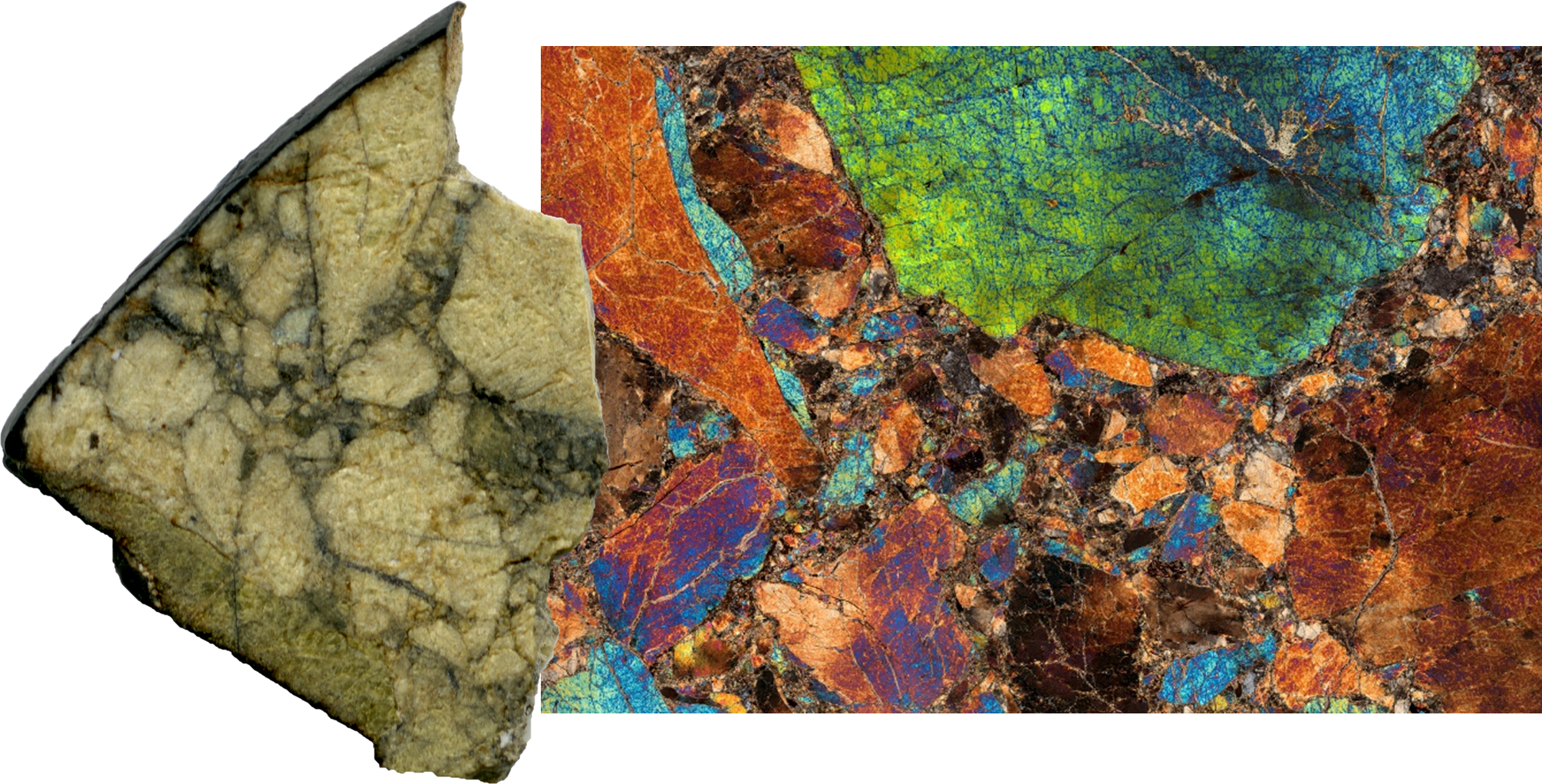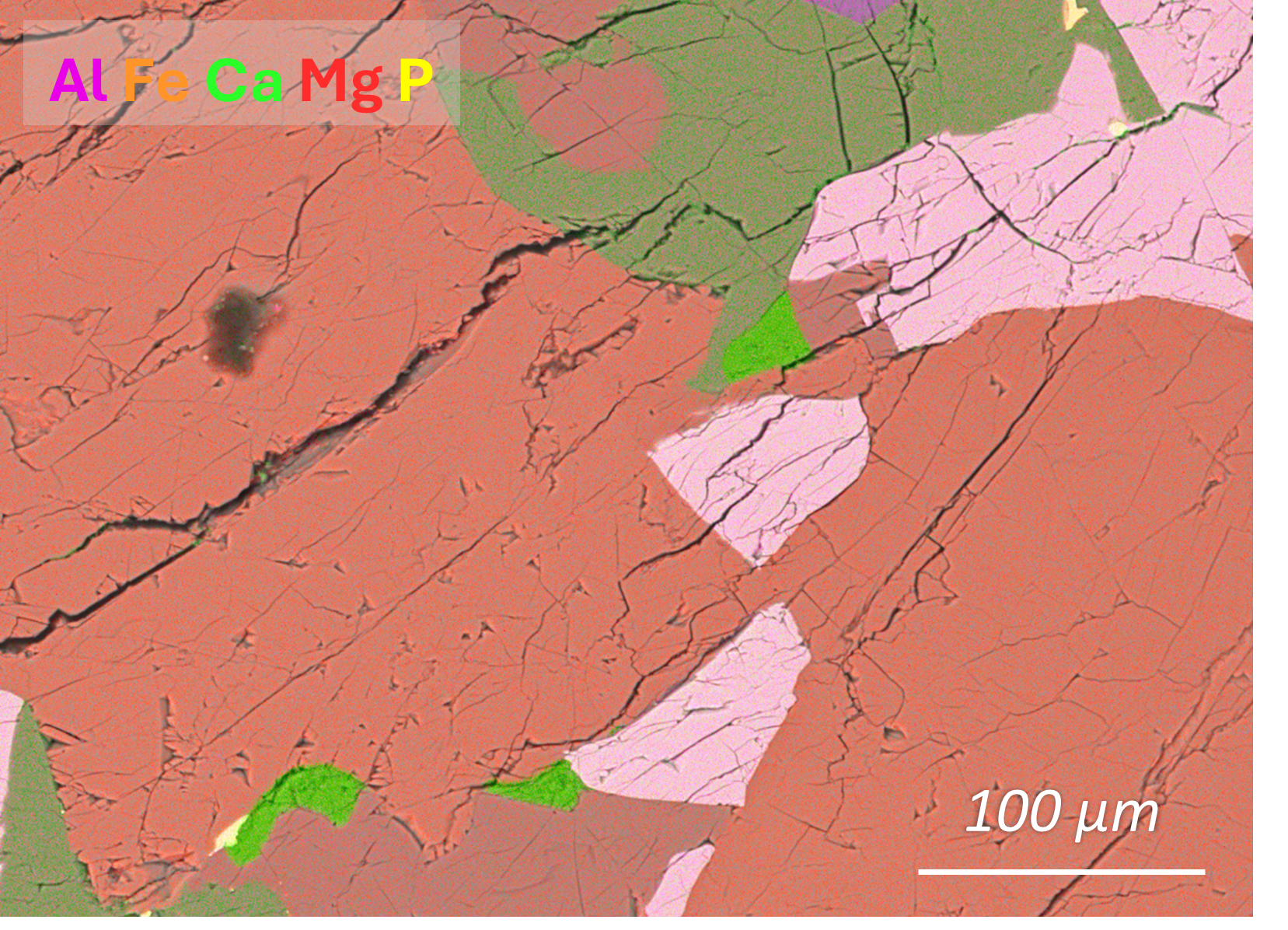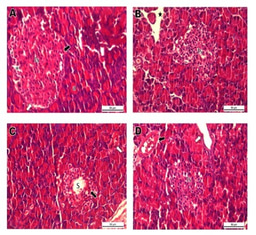The Timing of Protoplanet Formation in the Outer Solar System
Published in Astronomy and Earth & Environment

Planet Formation Across the Solar System
Scientists have long recognized a divide in how rocky planets formed in the early Solar System. Clues from iron and basaltic meteorites, which come from the cores and crusts of early planetary building blocks, suggest that planets closer to the Sun formed earlier. This is likely because bodies farther out contained more water ice, which delayed the onset of heating and melting processes required for planet formation. However, in our recent study published in Nature Communications Earth & Environment, we describe a surprising new find: a meteorite called Northwest Africa (NWA) 12264 that challenges this long-standing idea.
Northwest Africa 12264 – A Mantle Derived Meteorite from the Outer Solar System
Northwest Africa (NWA) 12264, a 50-gram meteorite purchased by Ben Hoefnagels in 2018 and officially classified in 2020, stood out due to its high olivine content. This led scientists to identify it as a dunite, a rock type typically found in Earth’s mantle. Further analysis of its oxygen and chromium isotopes revealed that the meteorite originated from the outer regions of our Solar System. Remarkably, NWA 12264 provides the first direct evidence of an olivine-rich mantle from a body that formed in the outer Solar System. This discovery supports the idea that differentiated rocky planets, those with cores, mantles, and crusts, also formed in the outer Solar System, not just the inner regions, as previously believed.

Hand specimen photograph of NWA 12264 (left) showing a smooth black fusion crust—formed by melting during atmospheric entry—surrounding the edge of the meteorite, and large olivine crystals in its interior. A cross-polarised light image (right) highlights the different olivine crystals within the sample (Credit: Neil Buckland).
Constraining the Timing of Rocky Planet Formation in the Outer Solar System
A detailed investigation using a scanning electron microscope (SEM) at the Open University, Milton Keynes, allowed us to create false-colour energy-dispersive spectroscopy (EDS) maps of the sample. These maps help identify specific minerals and reveal their chemical compositions. In this study, we focused on phosphate, a particularly valuable mineral in meteorites because it can preserve lead-lead (Pb-Pb) isotopic signatures, making it ideal for radiometric dating. To determine the age of the sample, I brought it to the NordSIMS facility at the Swedish Museum of Natural History, where Professor Martin Whitehouse and his team conducted high-precision isotopic analyses.

False-colour EDS map of NWA 12264. Olivine appears in red, pyroxene in dark green, and phosphate in bright green.
Simultaneous Protoplanet Formation Across the Solar System
The ancient Pb-Pb age constraints (4569.8 ± 4.6 million years) were corroborated by Al-Mg dating performed using Nanoscale Secondary Ion Mass Spectrometry at the Open University, which yielded a slightly younger age of 4564.44 ± 0.30 million years. These ages are older than those of any known crustal material from the outer Solar System, as well as ancient crustal samples from the inner Solar System (such as angrites). Together, these results suggest that the rocky protoplanet from which NWA 12264 originated formed around the same time as its inner Solar System counterparts.
Revising the Models of Solar System Formation Across the Galaxy
The results from this project point towards a concurrent rocky planet formation in the inner and outer Solar System. This supports the findings from the Atacama Large Millimetre Array (ALMA), particularly from the Disk Substructures at High Angular Resolution Project (SHARP). Observations of protoplanetary discs across the Galaxy show complex structures and planet-forming regions across wide heliocentric regions, implying that planet formation at large heliocentric distances may have been more common in the early Solar System than previously expected.

Observations from ALMA (ESO/NAOJ/NRAO) of protoplanetary discs across the Galaxy, demonstrating complex structures.
Follow the Topic
-
Communications Earth & Environment

An open access journal from Nature Portfolio that publishes high-quality research, reviews and commentary in the Earth, environmental and planetary sciences.
Related Collections
With Collections, you can get published faster and increase your visibility.
Geology of the Moon
Publishing Model: Hybrid
Deadline: Jan 31, 2026
Drought
Publishing Model: Hybrid
Deadline: Dec 31, 2025





Please sign in or register for FREE
If you are a registered user on Research Communities by Springer Nature, please sign in